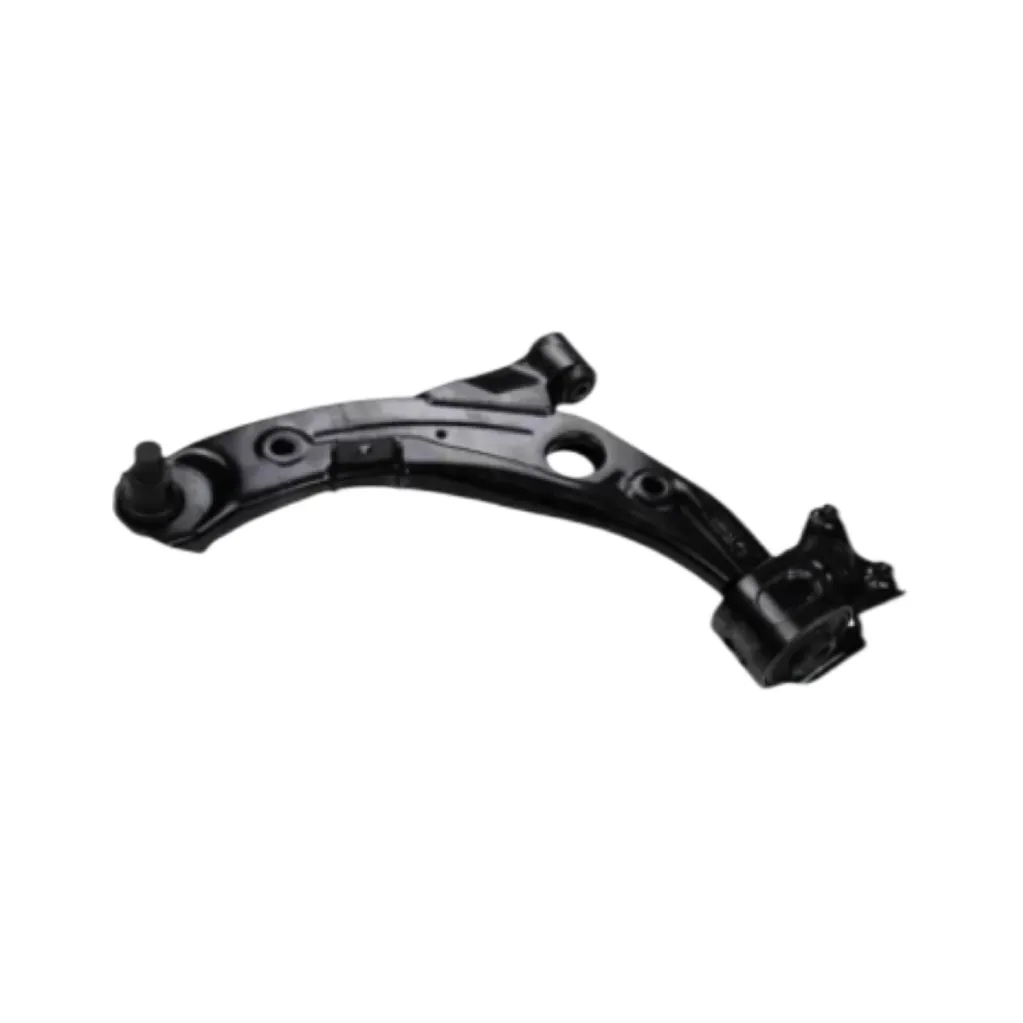
-
 Afrikaans
Afrikaans -
 Albanian
Albanian -
 Amharic
Amharic -
 Arabic
Arabic -
 Armenian
Armenian -
 Azerbaijani
Azerbaijani -
 Basque
Basque -
 Belarusian
Belarusian -
 Bengali
Bengali -
 Bosnian
Bosnian -
 Bulgarian
Bulgarian -
 Catalan
Catalan -
 Cebuano
Cebuano -
 Corsican
Corsican -
 Croatian
Croatian -
 Czech
Czech -
 Danish
Danish -
 Dutch
Dutch -
 English
English -
 Esperanto
Esperanto -
 Estonian
Estonian -
 Finnish
Finnish -
 French
French -
 Frisian
Frisian -
 Galician
Galician -
 Georgian
Georgian -
 German
German -
 Greek
Greek -
 Gujarati
Gujarati -
 Haitian Creole
Haitian Creole -
 hausa
hausa -
 hawaiian
hawaiian -
 Hebrew
Hebrew -
 Hindi
Hindi -
 Miao
Miao -
 Hungarian
Hungarian -
 Icelandic
Icelandic -
 igbo
igbo -
 Indonesian
Indonesian -
 irish
irish -
 Italian
Italian -
 Japanese
Japanese -
 Javanese
Javanese -
 Kannada
Kannada -
 kazakh
kazakh -
 Khmer
Khmer -
 Rwandese
Rwandese -
 Korean
Korean -
 Kurdish
Kurdish -
 Kyrgyz
Kyrgyz -
 Lao
Lao -
 Latin
Latin -
 Latvian
Latvian -
 Lithuanian
Lithuanian -
 Luxembourgish
Luxembourgish -
 Macedonian
Macedonian -
 Malgashi
Malgashi -
 Malay
Malay -
 Malayalam
Malayalam -
 Maltese
Maltese -
 Maori
Maori -
 Marathi
Marathi -
 Mongolian
Mongolian -
 Myanmar
Myanmar -
 Nepali
Nepali -
 Norwegian
Norwegian -
 Norwegian
Norwegian -
 Occitan
Occitan -
 Pashto
Pashto -
 Persian
Persian -
 Polish
Polish -
 Portuguese
Portuguese -
 Punjabi
Punjabi -
 Romanian
Romanian -
 Russian
Russian -
 Samoan
Samoan -
 Scottish Gaelic
Scottish Gaelic -
 Serbian
Serbian -
 Sesotho
Sesotho -
 Shona
Shona -
 Sindhi
Sindhi -
 Sinhala
Sinhala -
 Slovak
Slovak -
 Slovenian
Slovenian -
 Somali
Somali -
 Spanish
Spanish -
 Sundanese
Sundanese -
 Swahili
Swahili -
 Swedish
Swedish -
 Tagalog
Tagalog -
 Tajik
Tajik -
 Tamil
Tamil -
 Tatar
Tatar -
 Telugu
Telugu -
 Thai
Thai -
 Turkish
Turkish -
 Turkmen
Turkmen -
 Ukrainian
Ukrainian -
 Urdu
Urdu -
 Uighur
Uighur -
 Uzbek
Uzbek -
 Vietnamese
Vietnamese -
 Welsh
Welsh -
 Bantu
Bantu -
 Yiddish
Yiddish -
 Yoruba
Yoruba -
 Zulu
Zulu
A Comparative Study of Front Upper and Lower Control Arm Performance and Stability
Front Upper and Lower Control Arms Understanding Their Functionality and Importance
The front upper and lower control arms are vital components of a vehicle's suspension system. They play a crucial role in connecting the chassis to the wheel assembly while allowing for controlled vertical movement of the wheels as the vehicle navigates diverse terrains. Understanding their functionality, design, and importance can provide insight into vehicle handling, comfort, and safety.
The Function of Control Arms
Control arms are essentially hinged linkages that connect the wheel assembly to the vehicle frame or body. The front suspension of a vehicle typically employs a combination of upper and lower control arms. The primary function of these arms is to facilitate the up-and-down movement of the wheels while maintaining proper alignment and geometry of the suspension system. This ensures that the vehicle handles predictably and provides a smooth ride under various driving conditions.
The upper control arm is usually shorter than the lower control arm and is positioned above the wheel. In a double wishbone suspension system, the geometry of the control arms plays a significant role in defining how much wheel camber changes during suspension travel. The lower control arm, being longer, helps stabilize the vehicle’s ride height and aids in the overall handling dynamics.
Design and Materials
Front upper and lower control arms are designed with precision engineering to handle significant stress and load. They are often made from a combination of materials, including high-strength steel, aluminum alloys, and sometimes composite materials, to balance strength with weight reduction. The design must accommodate not only vertical movement of the wheels but also lateral forces during cornering, braking, and acceleration.
front upper and lower control arms

Modern vehicles often feature adjustable control arms that allow engineers to fine-tune suspension settings for better performance or comfort. Adjustable control arms can also help in correcting wheel alignment issues, providing a more customized driving experience.
Importance in Vehicle Dynamics
The performance of front upper and lower control arms directly impacts vehicle dynamics. They help manage the wheel angle and ensure that the tires maintain optimal contact with the road surface. This alignment is crucial for maximizing traction, preventing premature tire wear, and enhancing vehicle stability. When control arms are in good condition, drivers can expect improved steering response and cornering capabilities.
Wear and tear on control arms, however, can lead to a host of issues. Symptoms such as uneven tire wear, pulling to one side during driving, and excessive vibration can indicate problems with control arms or their associated bushings and joints. Regular maintenance and inspections are essential to ensure that these components function correctly, as any failure can significantly affect vehicle safety and performance.
Conclusion
In summary, the front upper and lower control arms are integral to a vehicle's suspension system, contributing to smooth ride quality, precise handling, and overall safety. They are sophisticated components engineered to meet the dynamic demands of vehicle operation. For car enthusiasts and everyday drivers alike, understanding the significance of control arms can enhance appreciation for the engineering that goes into modern vehicles and underscore the importance of regular maintenance. By prioritizing the health of these components, drivers can ensure a safe, reliable, and enjoyable driving experience.
-

 Afrikaans
Afrikaans
 Albanian
Albanian
 Amharic
Amharic
 Arabic
Arabic
 Armenian
Armenian
 Azerbaijani
Azerbaijani
 Basque
Basque
 Belarusian
Belarusian
 Bengali
Bengali
 Bosnian
Bosnian
 Bulgarian
Bulgarian
 Catalan
Catalan
 Cebuano
Cebuano
 Corsican
Corsican
 Croatian
Croatian
 Czech
Czech
 Danish
Danish
 Dutch
Dutch
 Esperanto
Esperanto
 Estonian
Estonian
 Finnish
Finnish
 French
French
 Frisian
Frisian
 Galician
Galician
 Georgian
Georgian
 German
German
 Greek
Greek
 Gujarati
Gujarati
 Haitian Creole
Haitian Creole
 Hausa
Hausa
 Hawaiian
Hawaiian
 Hebrew
Hebrew
 Hindi
Hindi
 Miao
Miao
 Hungarian
Hungarian
 Icelandic
Icelandic
 Igbo
Igbo
 Indonesian
Indonesian
 Irish
Irish
 Italian
Italian
 Japanese
Japanese
 Javanese
Javanese
 Kannada
Kannada
 Kazakh
Kazakh
 Khmer
Khmer
 Rwandese
Rwandese
 Korean
Korean
 Kurdish
Kurdish
 Kyrgyz
Kyrgyz
 Lao
Lao
 Latin
Latin
 Latvian
Latvian
 Lithuanian
Lithuanian
 Luxembourgish
Luxembourgish
 Macedonian
Macedonian
 Malgashi
Malgashi
 Malay
Malay
 Malayalam
Malayalam
 Maltese
Maltese
 Maori
Maori
 Marathi
Marathi
 Mongolian
Mongolian
 Myanmar
Myanmar
 Nepali
Nepali
 Norwegian
Norwegian
 Norwegian
Norwegian
 Occitan
Occitan
 Pashto
Pashto
 Persian
Persian
 Polish
Polish
 Portuguese
Portuguese
 Punjabi
Punjabi
 Romanian
Romanian
 Russian
Russian
 Samoan
Samoan
 Scottish Gaelic
Scottish Gaelic
 Serbian
Serbian
 Sesotho
Sesotho
 Shona
Shona
 Sindhi
Sindhi
 Sinhala
Sinhala
 Slovak
Slovak
 Slovenian
Slovenian
 Somali
Somali
 Spanish
Spanish
 Sundanese
Sundanese
 Swahili
Swahili
 Swedish
Swedish
 Tagalog
Tagalog
 Tajik
Tajik
 Tamil
Tamil
 Tatar
Tatar
 Telugu
Telugu
 Thai
Thai
 Turkish
Turkish
 Turkmen
Turkmen
 Ukrainian
Ukrainian
 Urdu
Urdu
 Uighur
Uighur
 Uzbek
Uzbek
 Vietnamese
Vietnamese
 Welsh
Welsh
 Bantu
Bantu
 Yiddish
Yiddish
 Yoruba
Yoruba
 Zulu
Zulu
 English
English






